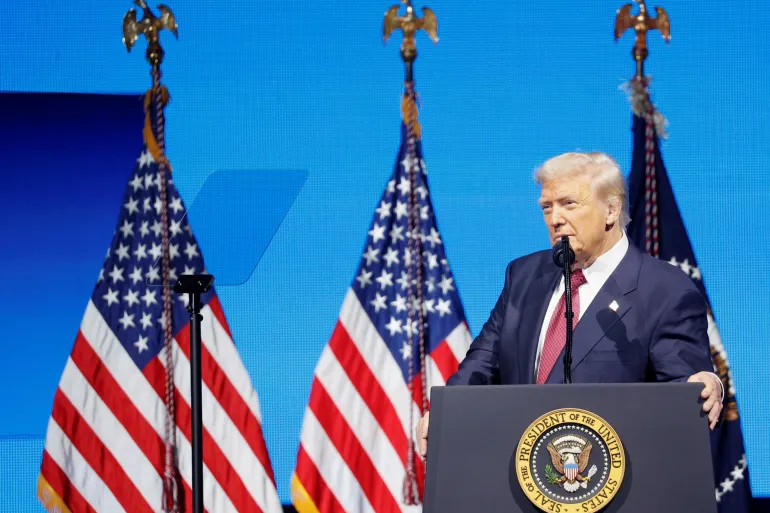New Delhi – India and China appear to be inching toward a pragmatic reset in their long-fraught relationship, even as the shadow of their border dispute continues to loom large. The past few months have seen subtle diplomatic overtures from both sides, signaling a potential shift in tone, though not yet in substance.
In June, high-level Indian officials, including National Security Adviser Ajit Doval and Defence Minister Rajnath Singh, visited China as part of engagements around the Shanghai Cooperation Organisation (SCO). Singh’s visit was especially notable—it marked the first time a senior Indian figure had stepped foot in China since 2019, underscoring a possible easing of the chill in bilateral exchanges.
At the core of the discord lies the undefined Line of Actual Control (LAC), a 3,440km border that remains a flashpoint for occasional skirmishes. The deadly Galwan Valley clash in 2020 brought this tension into sharp focus, claiming lives on both sides and triggering a sharp deterioration in ties. While there has been progress in disengagement efforts in Ladakh, underlying mistrust remains unresolved.
Yet both Delhi and Beijing have reasons to reconsider prolonged hostility. India, deeply integrated with China economically, relies on imports of rare earth materials and other essential industrial components. Likewise, Beijing—facing strategic friction with the West and seeking a quieter Himalayan frontier—has signaled its openness to economic cooperation. The resumption of direct flights, relaxation of visa rules, and pilgrimage access to sacred Tibetan sites are seen as confidence-building steps.
Despite these developments, larger strategic anxieties persist. China views India’s tightening embrace with the U.S. and its allies as a deliberate counterweight to its influence. Conversely, Delhi has grown wary of Beijing’s growing military ties with Pakistan and its aggressive posturing in Arunachal Pradesh, a state China claims as “Southern Tibet.” These claims have been firmly rejected by India.
The complexities are compounded by shifting alliances. Russia’s tilt toward China in the wake of the Ukraine war has made India reconsider the reliability of long-standing partners. Simultaneously, President Trump’s unpredictable posture on South Asia has fueled a sense of urgency in Delhi to diversify its foreign policy hedges—including through engagement with China.
While neither side expects an imminent resolution to their territorial dispute, the calculus is clear: maintain dialogue, prevent escalation, and secure strategic space in a volatile region. For now, India and China are not attempting to build trust, but to manage mistrust—an approach that could define their uneasy equilibrium in the years ahead.









